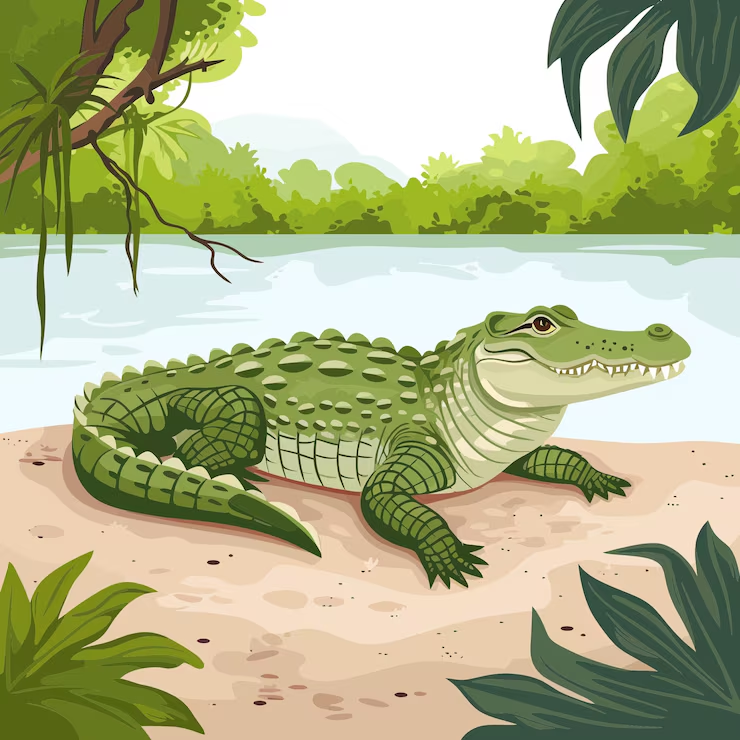Answers For VOL 6 Test 4 - Soundscapes
Answers and detail explain for VOL 6 Test 4 - Soundscapes
Explain
VOL 6 Test 4 - Soundscapes

Lecturer: Today I want to talk to you about something called a soundscape. We all know what a landscape is, that is the view that you can see from any particular point. As the name implies, a soundscape comprises all the sounds you can hear at a given time in a particular environment.
1The term was first coined by a Canadian called Murray Schaeffer, a famous composer who became interested in the concept in the late 1960s and early 1970s. 2One important aspect of the soundscape is that it is not random abstract noise, nor is it simply mindless background sounds such as the recorded music you hear so often in public places like elevators. No, the sounds in a soundscape generally have meaning and can be understood and decoded.
The sounds of which a soundscape is composed can be divided into three types. First, biophony. These are sounds emitted by living creatures, 3for example by frogs which you undoubtedly know can be extremely loud when heard in trees on a dark wet night.
Some people love that sound. Then the second type of soundscape sound is termed geophony and that is sound created by non-biological forces. 4In our daily life we're constantly surrounded by these sounds like the patter of rain which I myself find incredibly soothing and relaxing.
Some, of course, would disagree. Lastly, we have the sounds lumped together under the heading of anthrophony and these refer to sounds made by humans, an altogether noisy group I'd say. Anyhow, the study of the soundscape has attracted many people over the years, including an American called Bernie Krause who has spent more than 40 years recording the sounds of nature.
He came to several interesting conclusions about the sounds he recorded. He maintained that 5every sound has what is referred to as its own signature, which makes it as recognizable and identifiable as when a person writes his own name. Furthermore, Krause concluded that the sounds of various organisms in an environment are harmonious in two ways.
6Firstly, they fit together in terms of loudness and thus they don't drown each other out. And secondly, the frequency of each sound is also harmonious with the other sounds. Scientists who study soundscapes say that overall changes in the sound patterns in a certain place are often 7important first indicators of a change that is taking place in the climate of that particular area.
This in itself would make a better understanding of soundscapes valuable in trying to assess what is going on in the environment around the world today. Change in the soundscape may also be a 8first warning sign of pollution of many kinds. In fact, it was an absence of birdsong that alerted writer and early ecologist Rachel Carson to the environmental devastation being caused by the understandable attempt by American farmers to control insects.
Soundscape ecologists are using ever more sophisticated equipment to study the sounds of nature, including the state-of-the-art acoustic sound recorders. 9The data from these are used to create three-dimensional maps of acoustic features plotted across a landscape. These can provide a valuable permanent record of the soundscape at a particular time and can be used to note potentially significant changes, such as variation by season.
Now, when I give talks, the most common question that I get asked is what's the loudest creature in the animal world? The answer is probably debatable, but it's not a roaring lion or a bellowing elephant. To the best of my knowledge, 10it's something found in the ocean, a shrimp less than four centimeters long, which makes an explosive sound underwater with its single claw, the equivalent of about 160 decibels in the air. And that's even more than the noise a rock band makes.
Questions 1-10
Complete the notes below. Write ONE WORD ONLY for each answer.
Soundscape - the sound environment
-
the term was first used by a Canadian, Murray Schafer, a well-known 1 (composer)
-
the soundscape is not just noise, but has 2 (meaning) which can be interpreted
-
divisions of the soundscape
-
biophony - created by living organisms, e.g. 3 (frogs)
-
geophony - caused by non-biological forces, e.g. 4 (rain)
-
anthrophony - made by humans
-
Conclusions of Bernie Krause
-
every sound in nature has a unique 5 (signature)
-
the sounds of nature are harmonious in 6 (loudness) and frequency
Soundscape changes can be
-
an indication of a change in the 7 (climate) of an environment
-
a warning of the presence of different types of 8 (pollution) , e.g. insecticides
Equipment used in the study of soundscapes
-
acoustic recorders - data are used to create 9 (maps) in 3-D
Most common query
-
What is the noisiest creature?
Answer: probably a particular kind of 10 (shrimp) which lives in the ocean
![[Forecast Q2-2025] - Biology lecture](https://static.helik.app/reading/8fd3d7d2-ccf9-47a3-8920-2e7a3b0d6607)
![[Forecast Q2-2025] - Living in the City](https://static.helik.app/reading/1a60bcf3-f3a7-4e9b-97a2-94d156a0de3b)
![[Forecast Q2-2025] - Student Union](https://static.helik.app/reading/fb443123-8c1d-447e-8c79-5a01650f4754)
![[Forecast Q2-2025] - Fruit-picking Job in an Orchard](https://static.helik.app/reading/e1968346-6c55-44ae-b8d3-f6a4fb7207b9)
![[Forecast Q2-2025] - University Crime Prevention](https://static.helik.app/reading/bdda593e-16d6-4c72-8a12-b116e917b27c)
![[Forecast Q2-2025] - Business Course](https://static.helik.app/reading/3308e282-99a6-4bcb-9d22-0b488701d968)
![[C20T1] - Choosing a restaurant](https://static.helik.app/reading/e9b21123-c43c-42fb-88b7-5d0be3a37e03)
